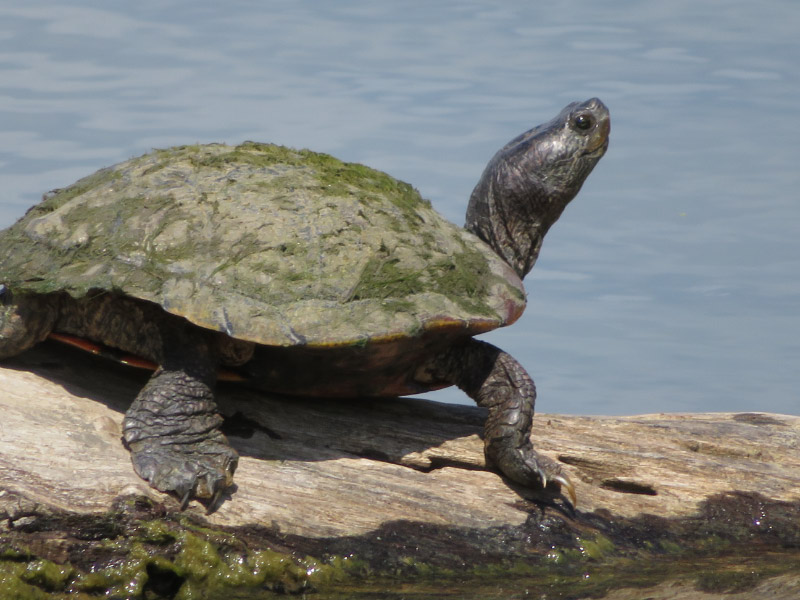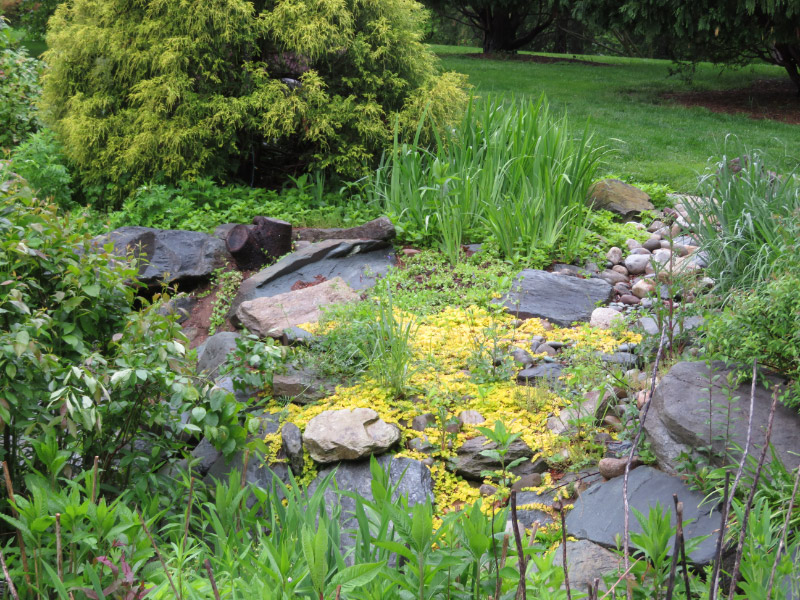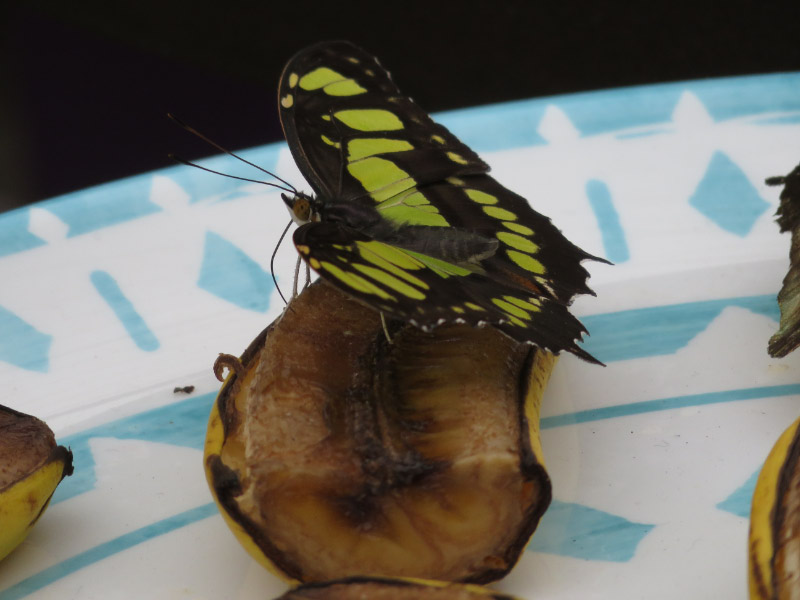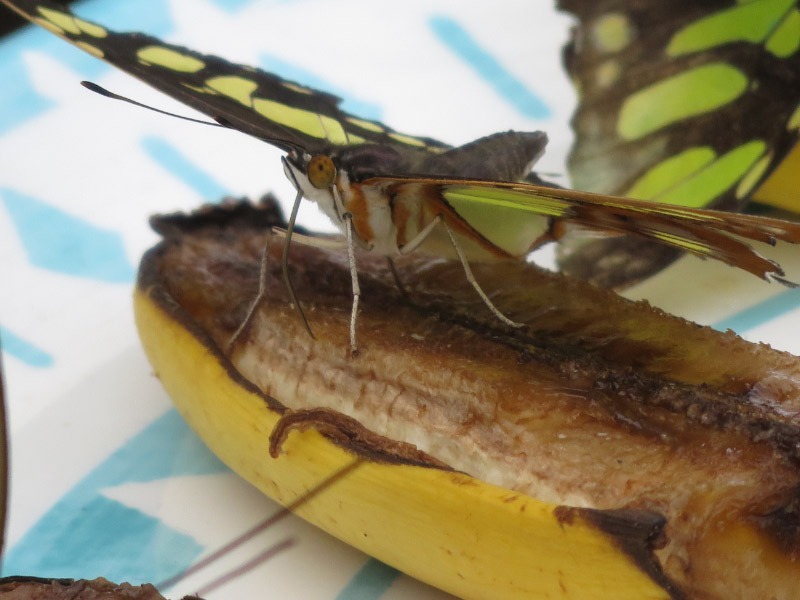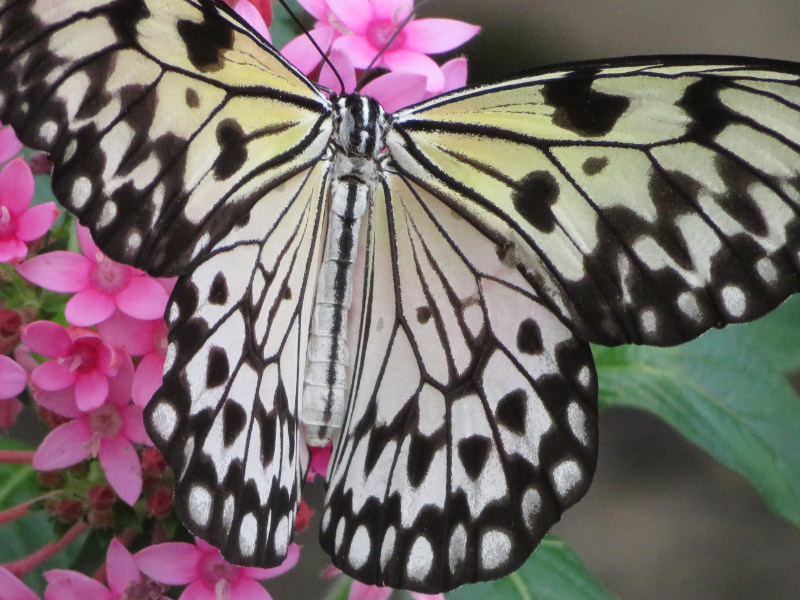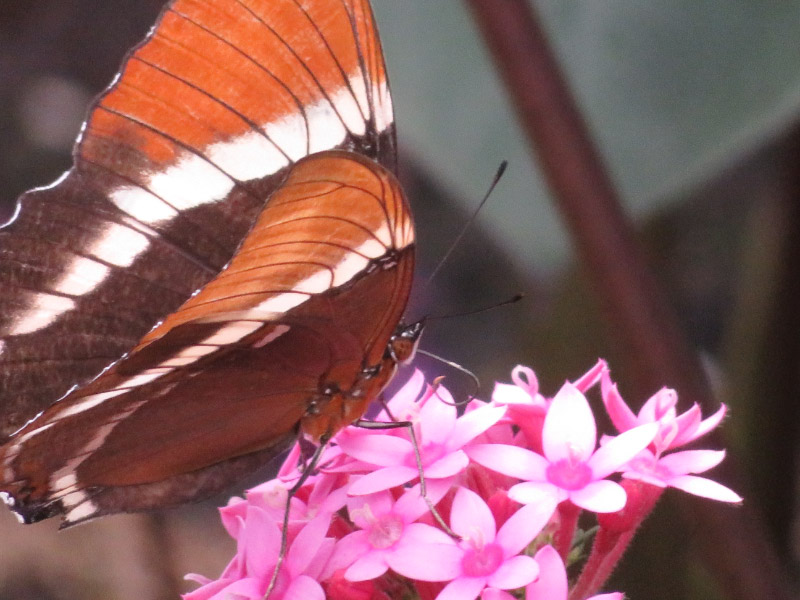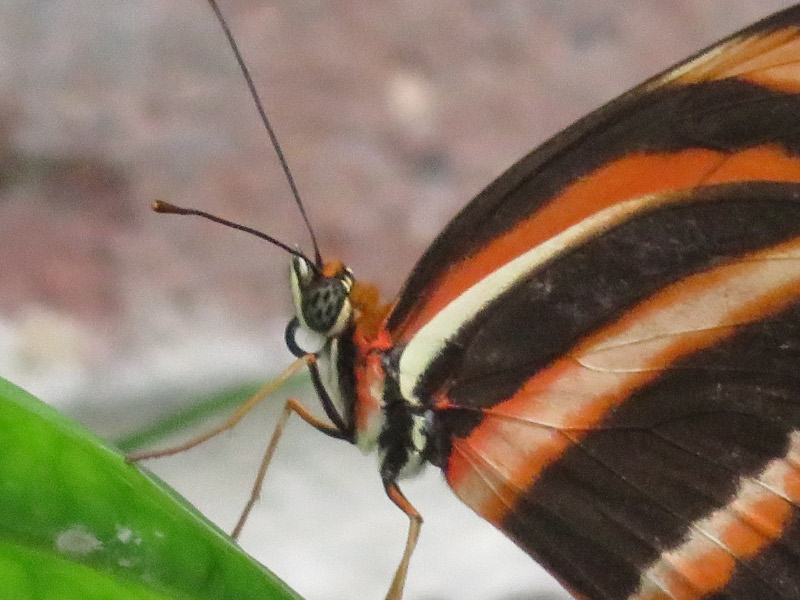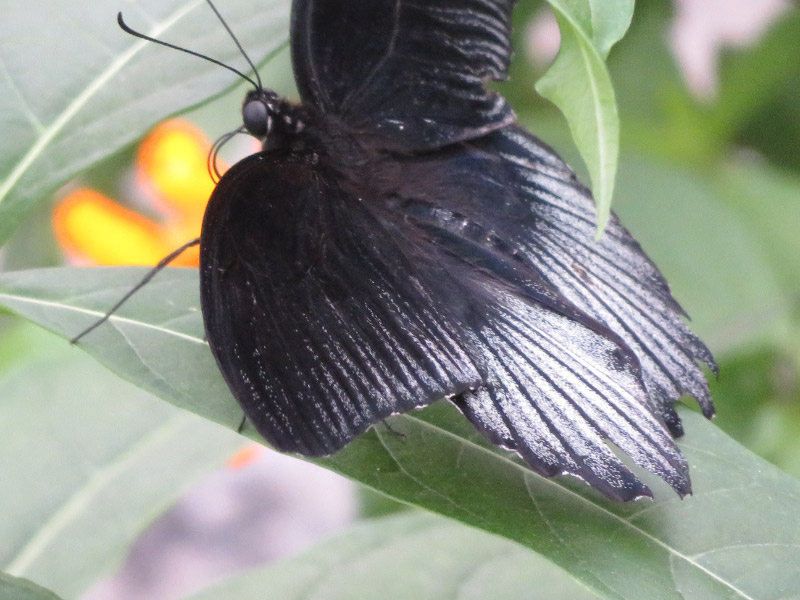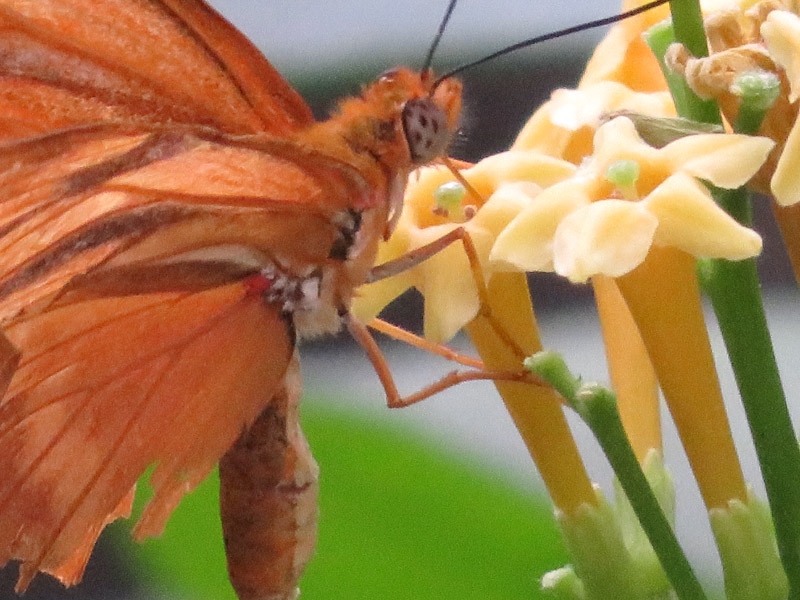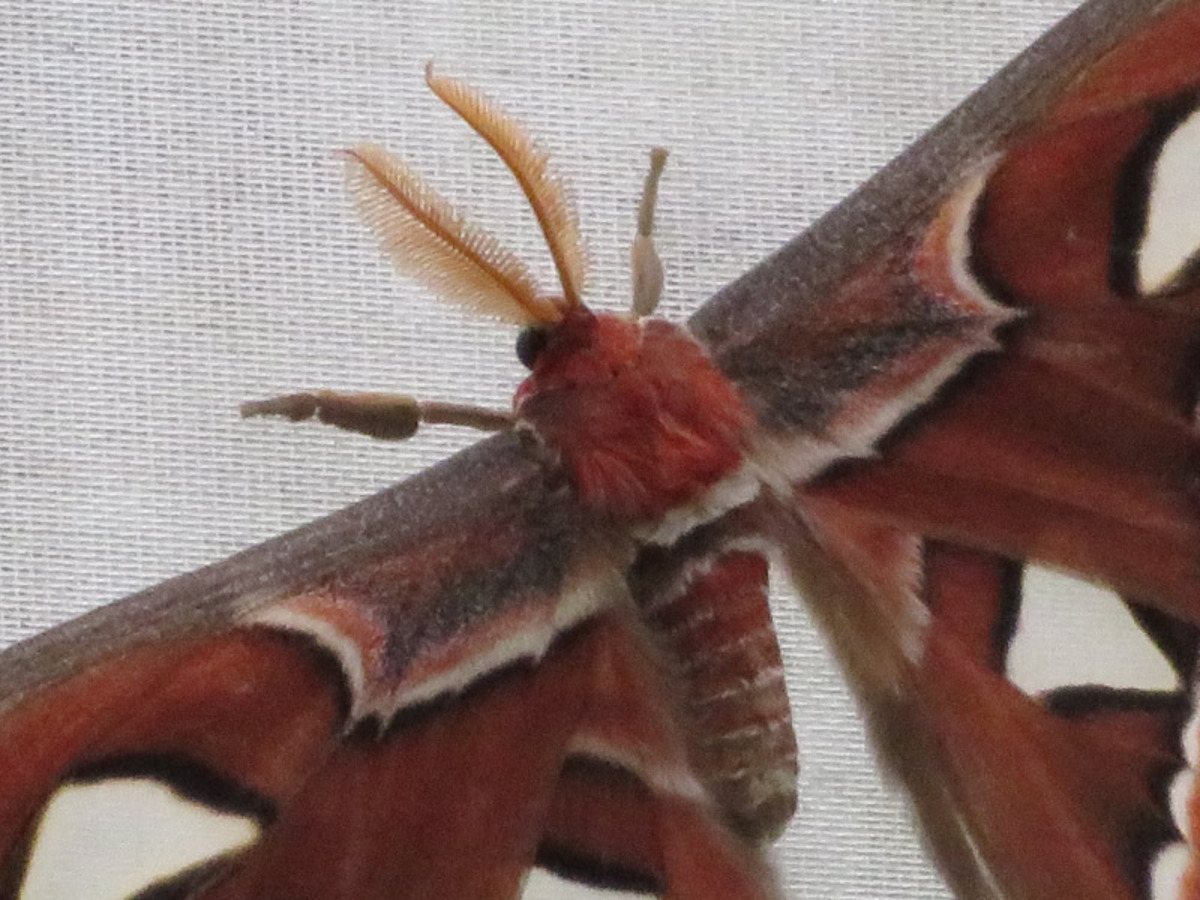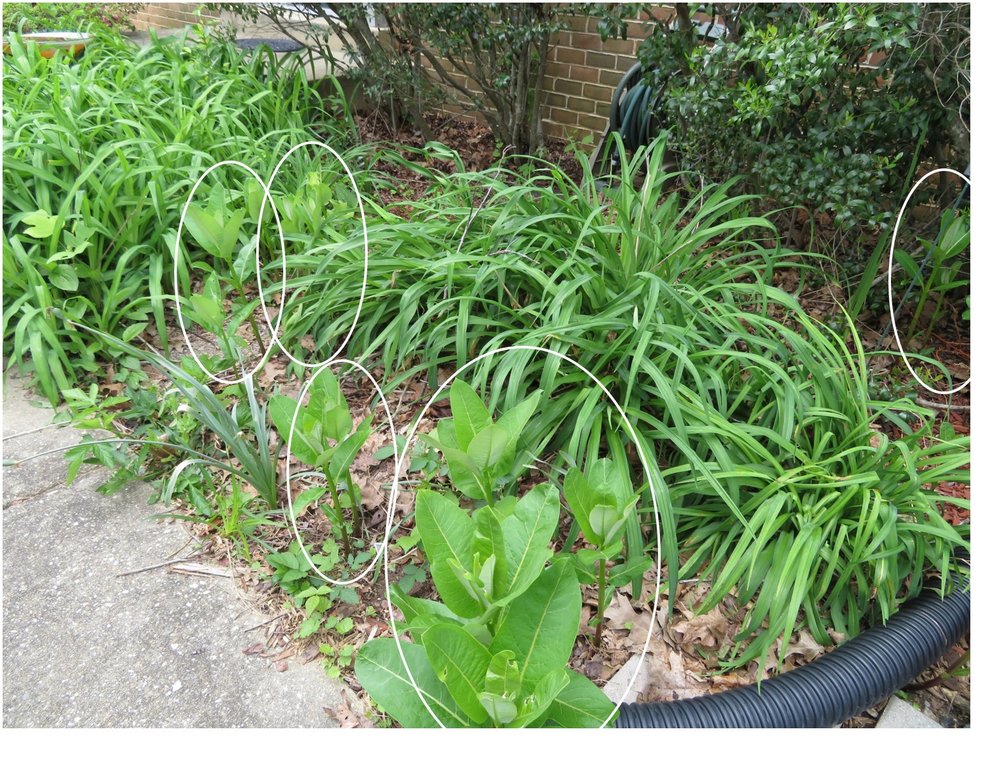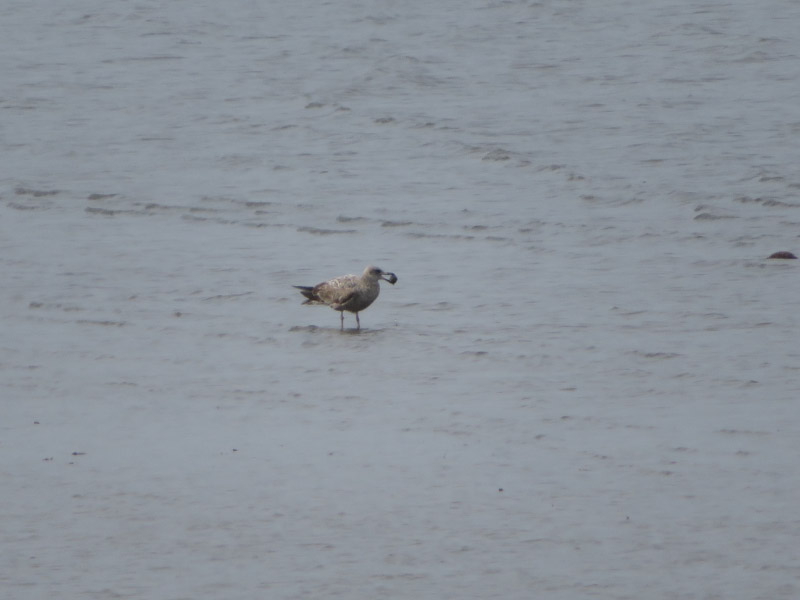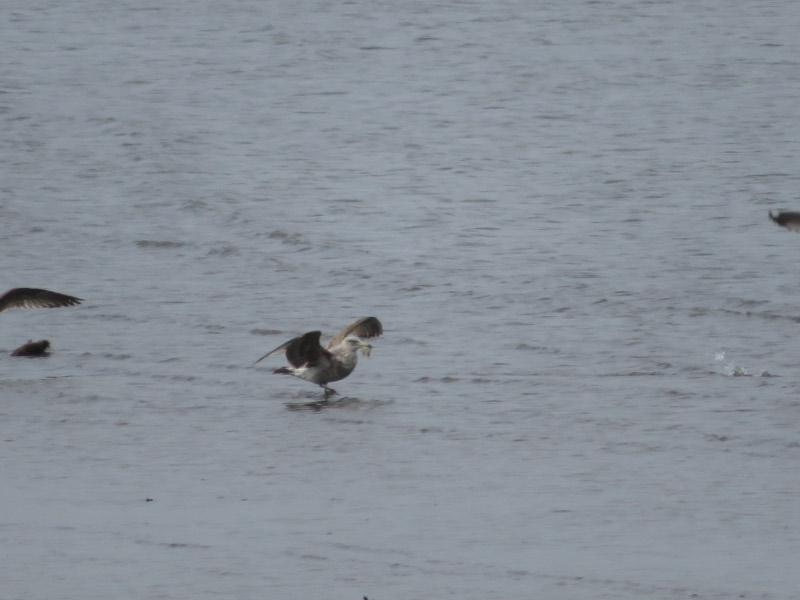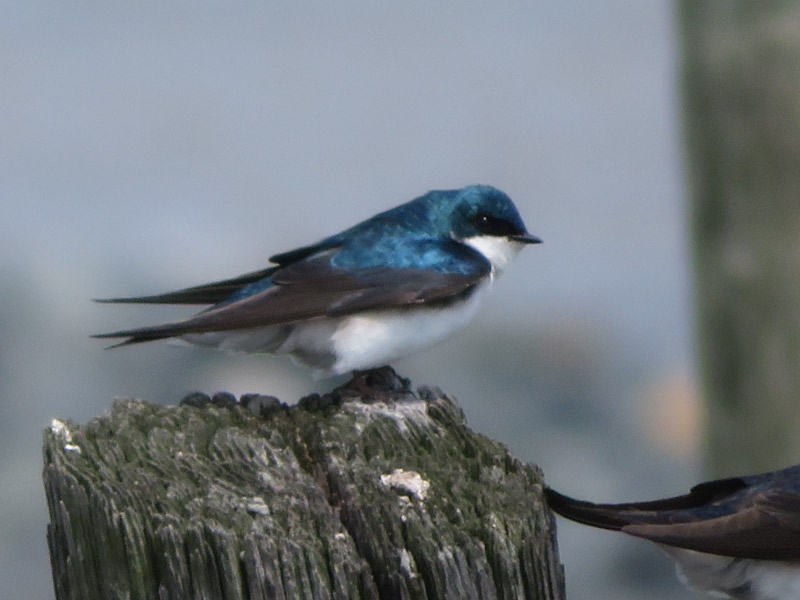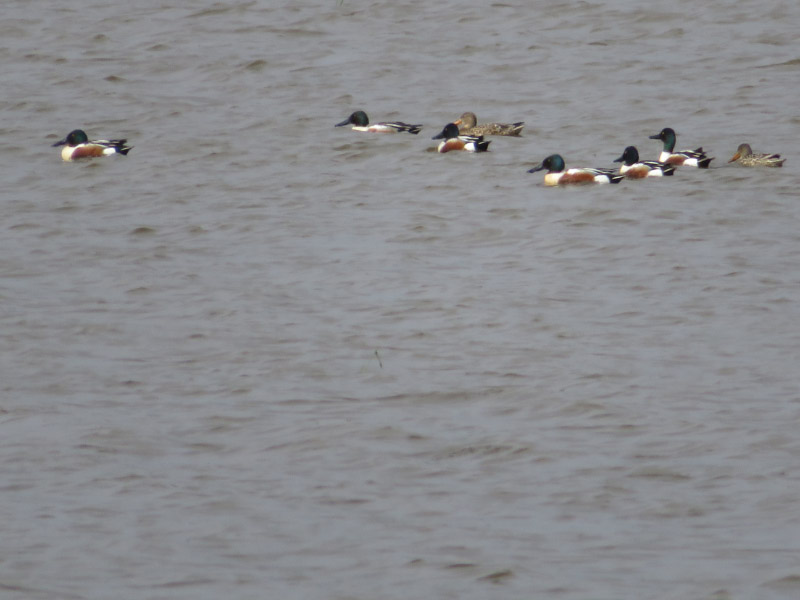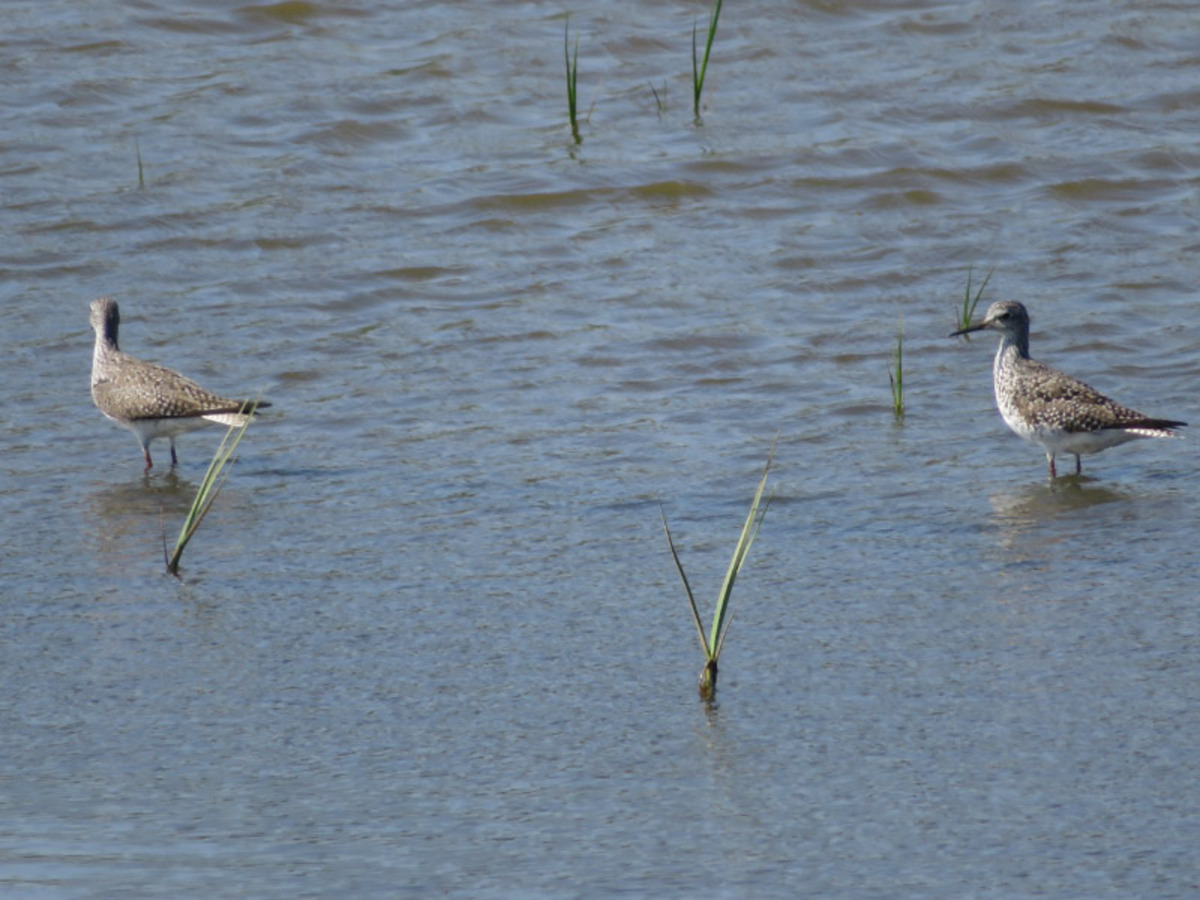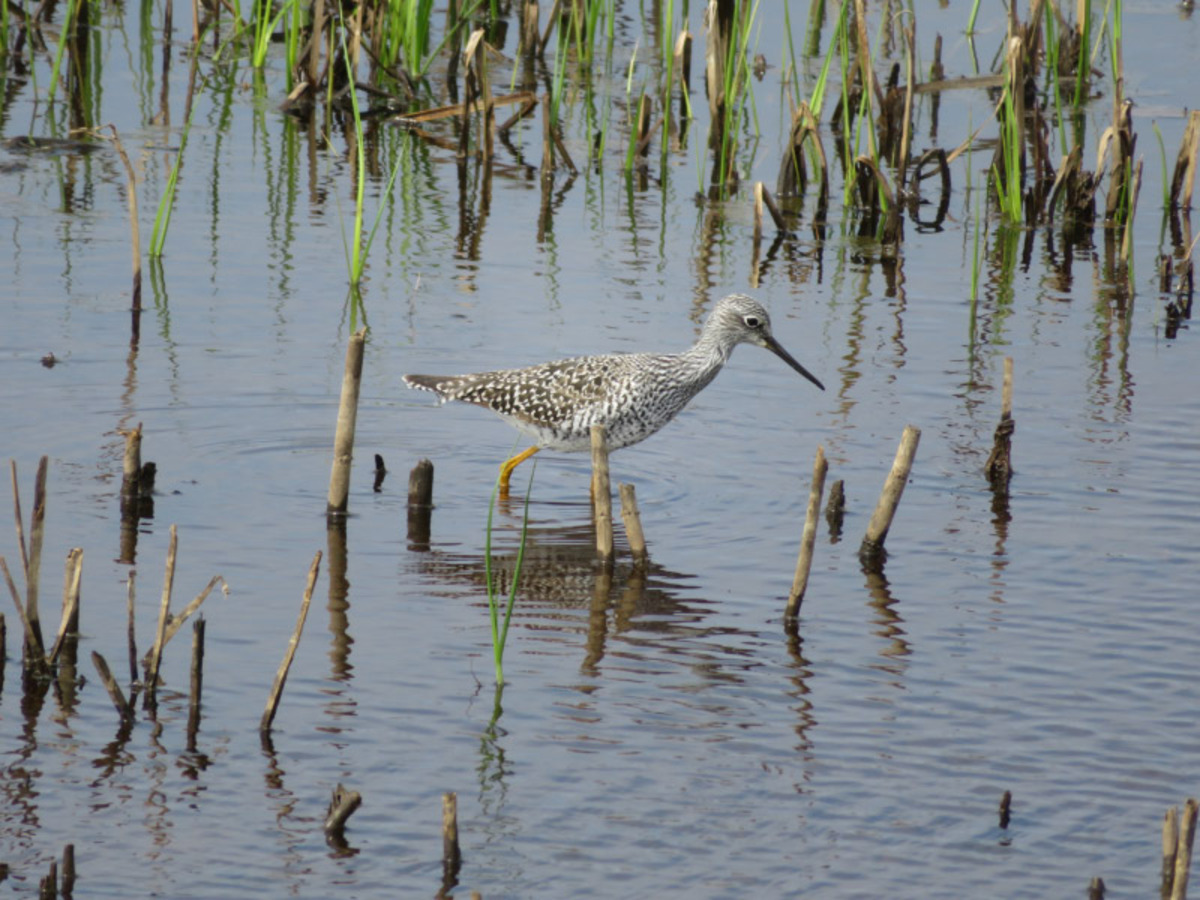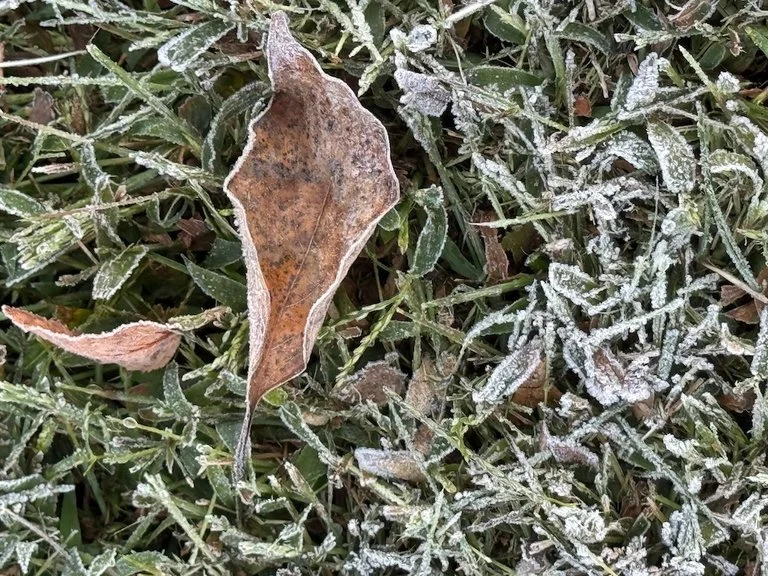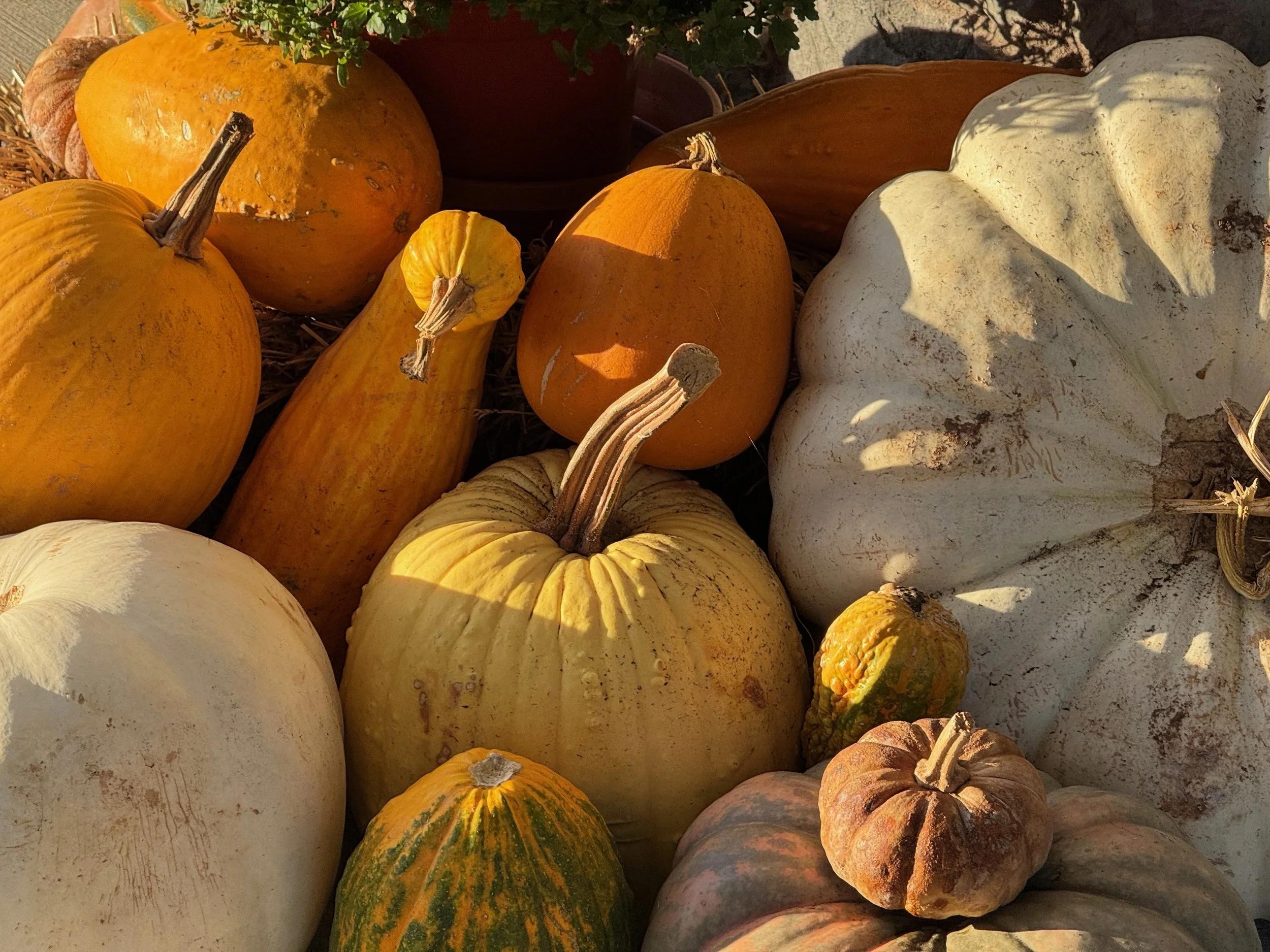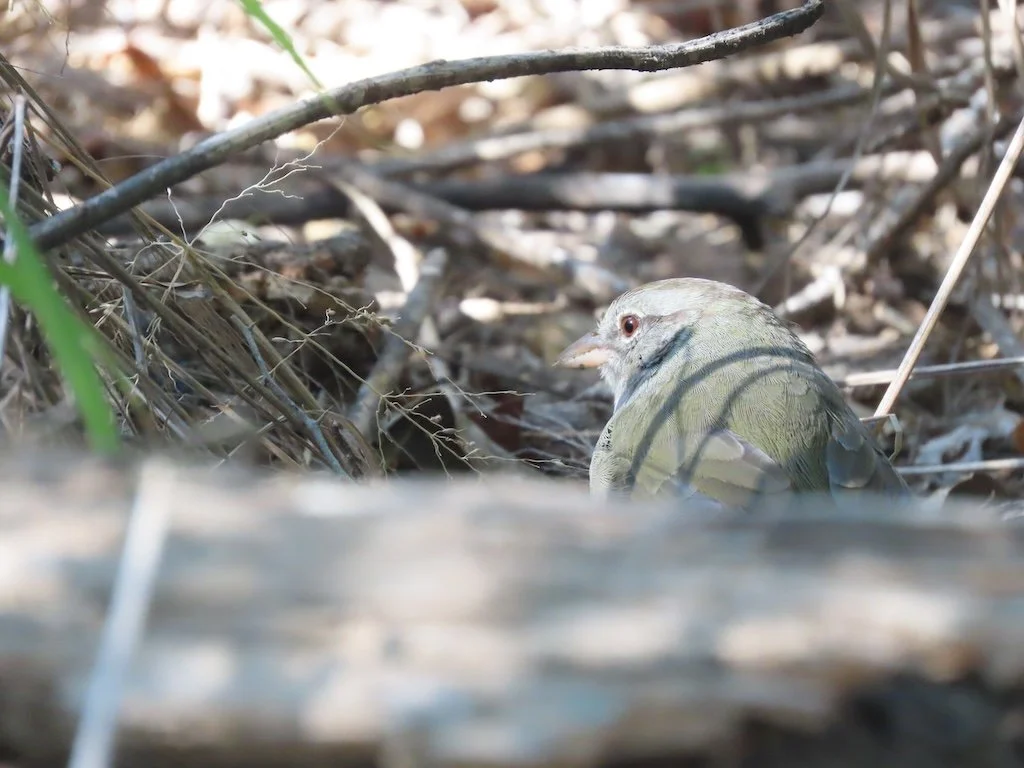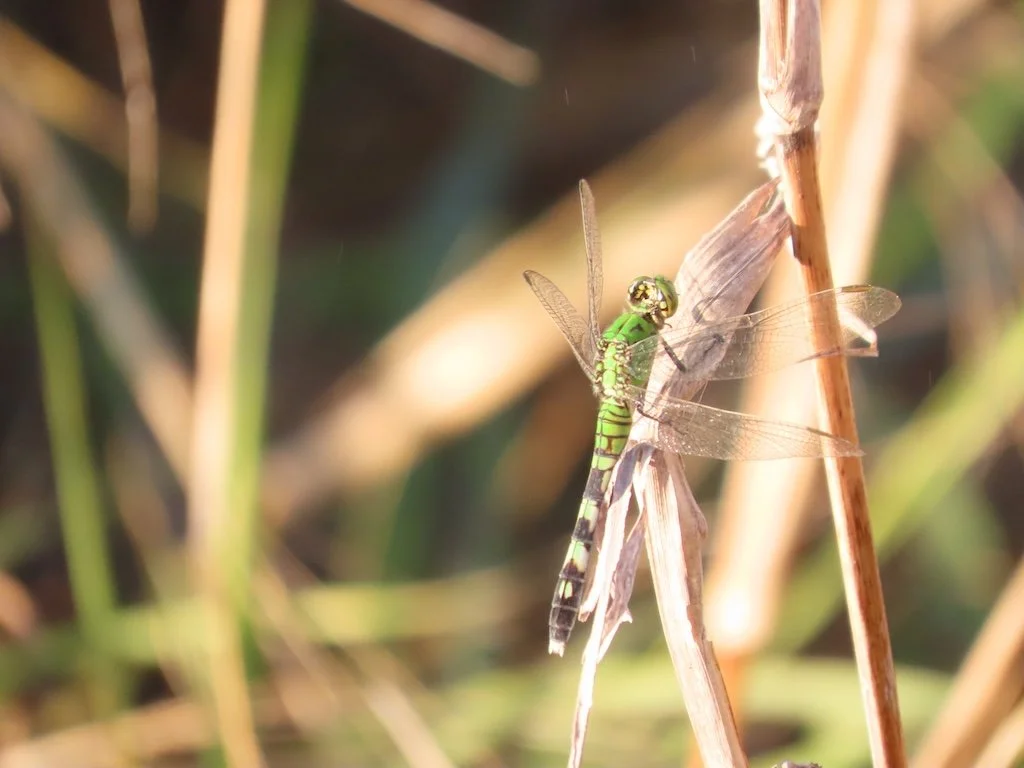3 Free eBooks – May 2017
/I am enjoying the Hathi Trust collection of books authored by Robert Sweet – a botanist, horticulturist, and ornithologist that published in the early 1800s. They are all beautifully illustrated….and I like the botanical prints and bird depictions in books from the 1800s.
 The British Flower Garden has drawings by Edwin Dalton Smith. London: W. Simpkin and R. Marshall. There are 7 volumes available from Hathi Trust: 3 in the first series and 4 in the second published between 1823 and 1838.
The British Flower Garden has drawings by Edwin Dalton Smith. London: W. Simpkin and R. Marshall. There are 7 volumes available from Hathi Trust: 3 in the first series and 4 in the second published between 1823 and 1838.

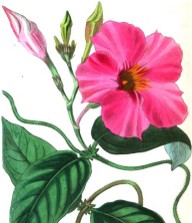 The ornamental flower garden and shrubbery was a work selected from selected from Sweet’s work and that of David Don and published by London: G. Willis in 1982. It is listed as volume 1 on Hathi Trust so there could be other volumes that are just not available yet online.
The ornamental flower garden and shrubbery was a work selected from selected from Sweet’s work and that of David Don and published by London: G. Willis in 1982. It is listed as volume 1 on Hathi Trust so there could be other volumes that are just not available yet online.
 Cage and chamber-birds; their natural history, habits, food, diseases, management, and modes of capture listed Johann Matthaus Bechstein as the author, HG Adams as the editor and Sweet as the source for all information on warblers more than a half century after his death. London: G. Bell and Sons. 1892. The book is available online here. I was surprised that so many of the birds were consider viable cage birds during that time.
Cage and chamber-birds; their natural history, habits, food, diseases, management, and modes of capture listed Johann Matthaus Bechstein as the author, HG Adams as the editor and Sweet as the source for all information on warblers more than a half century after his death. London: G. Bell and Sons. 1892. The book is available online here. I was surprised that so many of the birds were consider viable cage birds during that time.
 Cistinae. The natural order of cistus, or rock-rose was published by London: J. Ridgway, 1930 and is available on Hathi Trust here. Sweet is listed as the sole author on this one.
Cistinae. The natural order of cistus, or rock-rose was published by London: J. Ridgway, 1930 and is available on Hathi Trust here. Sweet is listed as the sole author on this one.
 Geraniaceae : the natural order of gerania was published by London: J. Ridgway, 1930 and 5 volumes are available from Hathi Trust here. During that time period there were a lot of varieties of ‘geraniums’ that were developed and cultivated. I’ve only gotten through the 1st volume so far….still have the other 4 to savor!
Geraniaceae : the natural order of gerania was published by London: J. Ridgway, 1930 and 5 volumes are available from Hathi Trust here. During that time period there were a lot of varieties of ‘geraniums’ that were developed and cultivated. I’ve only gotten through the 1st volume so far….still have the other 4 to savor!









